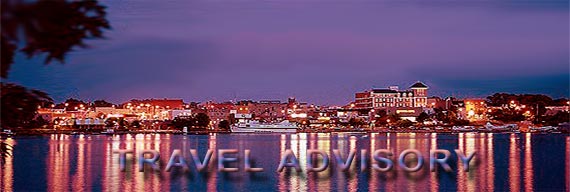|
Anyone who has
been to Europe or dreamed of going
will recognize the great cultural variation within relatively small
areas. Soon every traveler will develop admiration for culture and
natural
beauty of
the fascinating Old World.
Europe
has
a long history
of cultural and economic achievement, starting as far back as the
Palaeolithic,
although this is true for the rest of the Old World as well.
The
origins of Western democratic
and individualistic culture are often attributed to Ancient Greece,
though
numerous other distinct influences, in particular Christianity, can
also
be credited with the spread of concepts like egalitarianism and
universality
of law.
Europe defies easy categorization, with
its compact size and complex history. The following are five (loosely
defined) regions in Europe:
European
Regions:
- Western
Europe - Belgium, the Netherlands, Luxembourg, the United
Kingdom,
Ireland and France;
- Northern
Europe - Finland, Iceland, Norway, Sweden, and Denmark;
- Central
Europe - Austria, Czech Republic, Germany, Hungary,
Liechtenstein,
Poland, Slovakia, Slovenia, and Switzerland;
- Eastern
Europe - Armenia, Azerbaijan, Belarus, Bulgaria, Estonia,
Georgia,
Latvia, Lithuania, Moldova, Romania, Russia and Ukraine;
- Mediterranean
Europe - Albania, Andorra, Bosnia and Herzegovina, Croatia,
Cyprus, Greece, Italy, Macedonia, Malta, Monaco, Montenegro, Portugal,
San Marino, Serbia, Spain, Turkey and Vatican City.
Physically
and geologically
and in terms of shape, Europe is a collection of connected peninsulas.
The two largest of these are "mainland" Europe and Scandinavia to the
north,
divided from each other by the Baltic Sea. Three smaller peninsulas
(Iberia,
Italy and the Balkans) emerge from the southern margin of the mainland
into the Mediterranean Sea, which separates Europe from Africa.
Eastward,
mainland Europe widens much like the mouth of a funnel, until the
boundary
with Asia is reached at the Ural Mountains.
Land
relief in Europe shows
great variation within relatively small areas. The southern regions,
however,
are more mountainous, while moving north the terrain descends from the
high Alps, Pyrenees and Carpathians, through hilly uplands, into broad,
low northern plains, which are vast in the east. This extended lowland
is known as the Great European Plain, and at its heart lies the North
German
Plain. An arc of uplands also exists along the northwestern seaboard,
beginning
in the western British Isles and continuing along the mountainous,
fjord-cut
spine of Norway.
Because of
political, cultural
and geographical differences, there are various descriptions of
Europe's
boundary. Therefore, in some sources, some countries are not included
in
Europe, while the other sources do include them.
|













